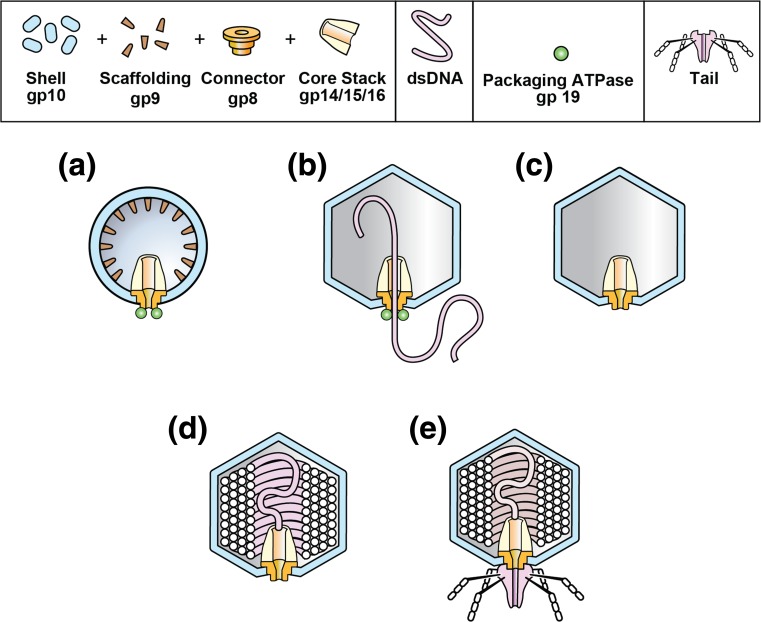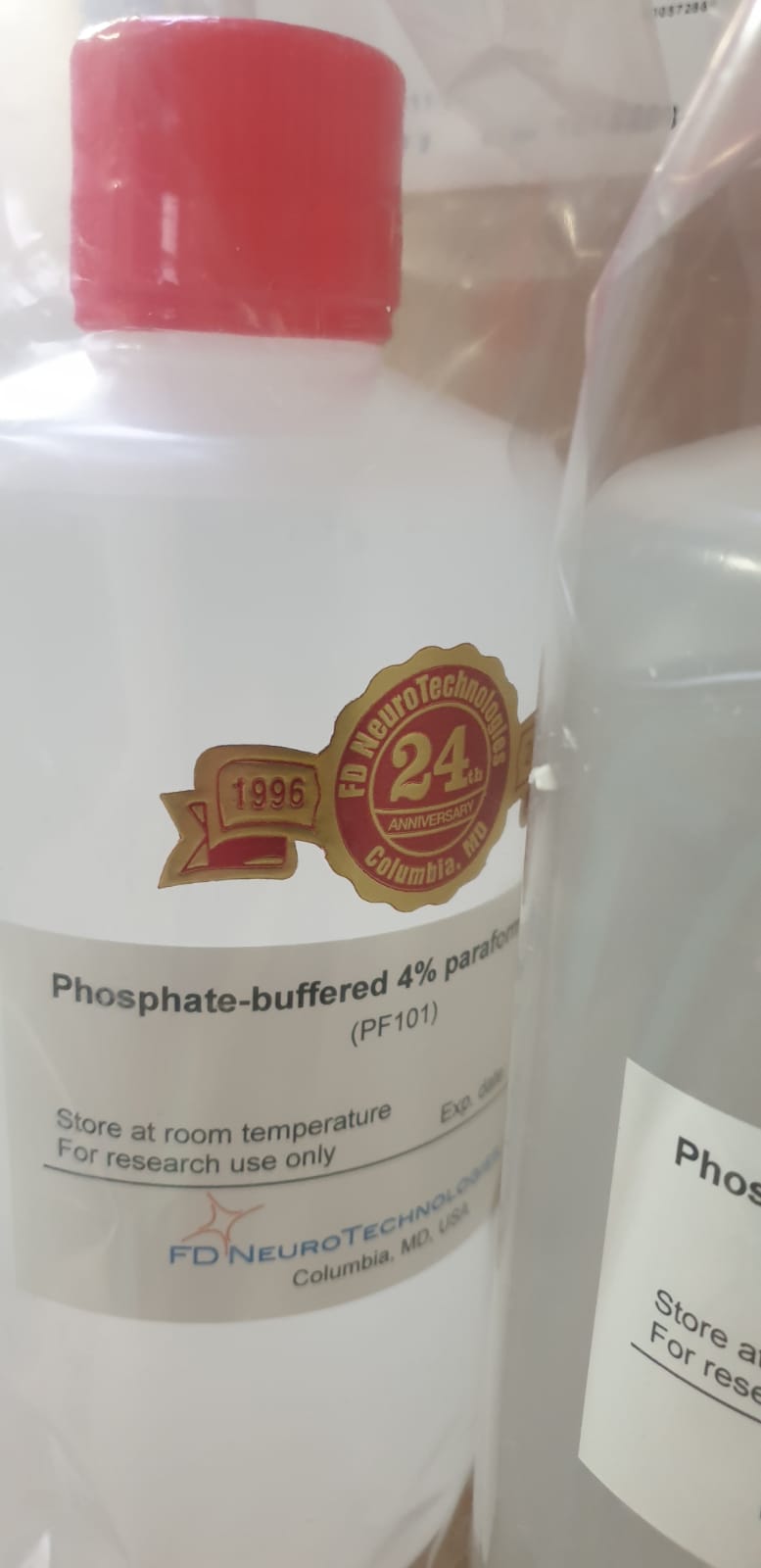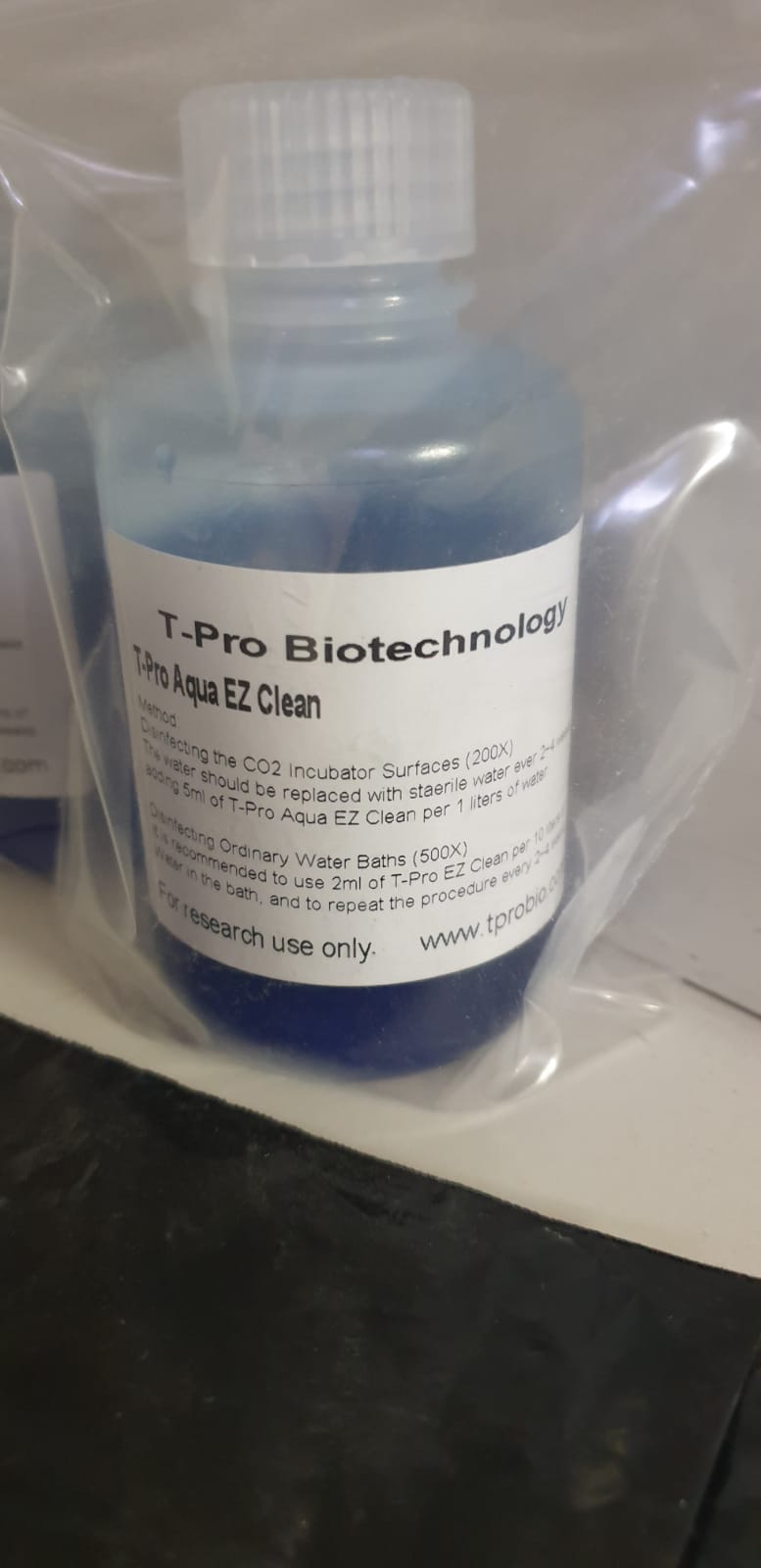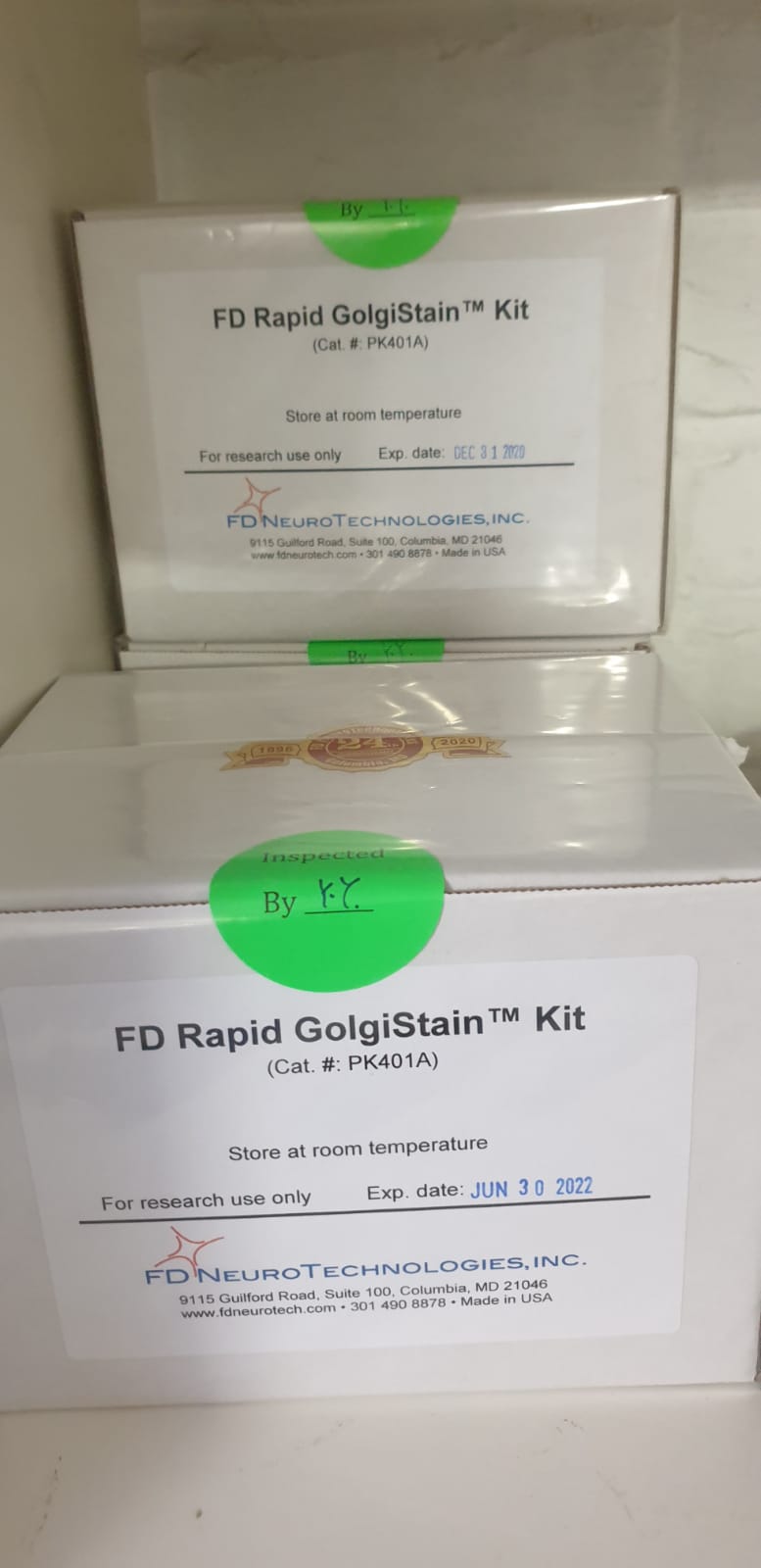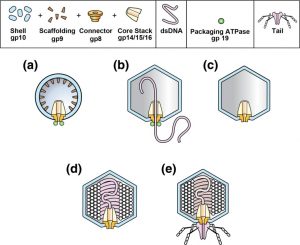
Primary Cultures for Pancreatic Stellate Cells (PSCs).
Primary cultures of pancreatic stellate cells (PSCs) stay an essential foundation for in vitro research. However, efficient strategies for isolating considerable PSCs are presently missing.
This function of this chapter is to report our novel method to isolating PSCs from regular rat pancreas and human pancreatic ductal adenocarcinoma (PDAC) tissue. Normal PSCs have been remoted with enzyme digestion and ladder centrifugation with Nycodenz resolution.
Isolated PSCs have been cultured in DMEM/F12 containing 10% fetal bovine serum. Cancer-associated PSCs have been obtained by an outgrow methodology from recent human PDAC tissues. Isolated activated PSCs have been cultured in DMEM/F12 containing 20% fetal bovine serum.
With our modification, regular pancreas tissue yields an enough quantity of PSCs (roughly 0.5-5 million/g pancreas) for in vitro research, and the cell viability was about 90%. And a modified outgrowth methodology made tissue blocks hooked up extra tightly and considerably shortened the outgrowth time of the activated cells. Our modification in PSC isolation strategies considerably elevated the isolation effectivity and shortened the tradition interval, thus facilitating future PSC-related analysis.
